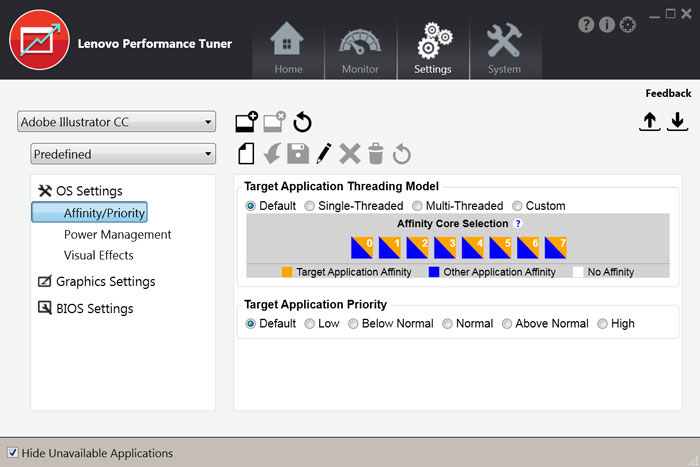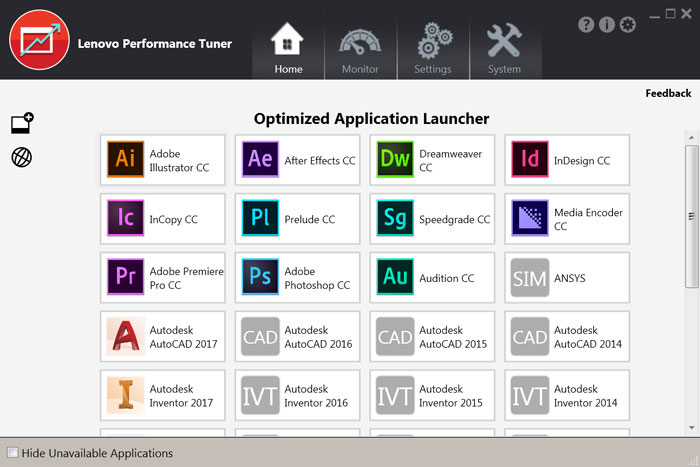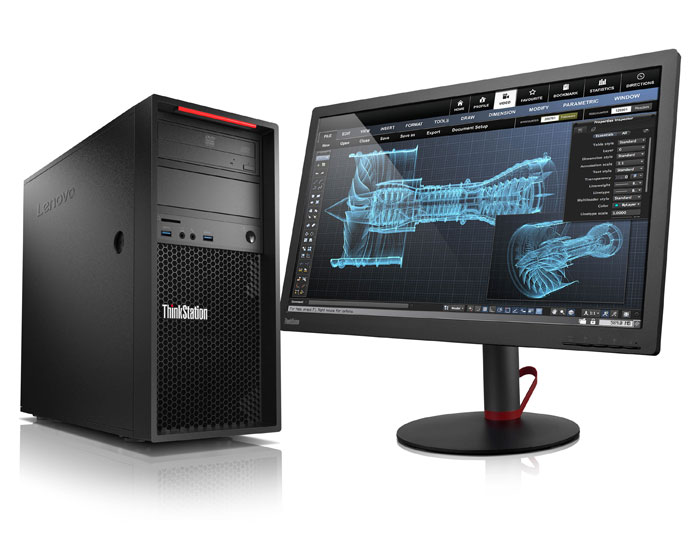ThinkStation P410 features new Intel Xeon E5-1600 v4 series CPU, 128GB RAM and high-end Quadro GPU
Lenovo has introduced the ThinkStation P410, a new class of desktop workstation which boasts mainstream workstation performance in an entry-level chassis to bring down cost. Lenovo said the price of the machine will be mid-way between the true entry-level ThinkStation P310 and mainstream ThinkStation P510, also announced today.
The Lenovo ThinkStation P410 has similar specs to the mainstream ThinkStation P510, but has a smaller and less expandable chassis (175mm x 426mm x 376mm versus 175mm x 470mm x 440mm)
Both machines feature the new Broadwell-EP Intel Xeon E5-1600 v4 series CPUs with Intel Turbo Max 3,0 technology. Models range from 3.20GHz to 3.70GHz with 4, 6 and 8 cores.
The differences between the two workstations will likely be insignificant for most CAD users. The ThinkStation P410 can support up to 128GB RAM and up to Nvidia Quadro M5000 graphics, both of which are well above the typical specs needed for 3D CAD. There is room for up to four storage devices, plus additional NVMe SSDs via a PCIe add-in card.
The larger and more expensive ThinkStation P510 doubles the memory to 256GB and can host the ultra high-end Nvidia Quadro M6000 and up to 11 drives. It can also take Intel Xeon E5-2600 v4 CPUs, typically found in dual CPU workstations, which should mean users have access to significantly more CPU cores (up to 22).

The ‘affordable’ mainstream ThinkStation P410 actually uses the same chassis as the ThinkStation P310 Tower, a true entry-level workstation. The ThinkStation P310 Tower, which launched in 2015, can only take quad core CPUs, including the Intel Core i7 and Intel Xeon E3-1200 v5, up to 64GB RAM and up to the Nvidia Quadro M4000 GPU.
The specs of the entry-level ThinkStation P310 are perfectly adequate for most mainstream CAD users so it is likely that the new ThinkStation P410 will appeal more to advanced CAD users – those who need more cores and memory for multi-threaded processes, such as ray trace rendering and simulation, or more powerful graphics for design visualization or GPU rendering in applications like SolidWorks Visualize.
Lenovo has also officially released its long awaited Lenovo Performance Tuner (LPT) performance optimisation tool. Available today for download, the software can handle power management, resource monitoring and tuning, graphics management and BIOS management.



One of the key features – particularly for those with multi-core CPUs – is the ability to manage Processor Affinity. Users can designate an application to run on specific processor core(s) to help optimise power and resources for both single-threaded or multi-threaded applications.
For example, when running a predominantly single threaded application, like SolidWorks, on a workstation with a quad core processor, Processor Affinity allows you to designate which core is used for that application, allowing other applications to function freely on the other cores.
This feature can also be beneficial for multi-core applications, like Ansys or Luxion KeyShot, which can be isolated to prevent them from consuming all of the system resources.
Interestingly, Lenovo Performance Tuner (LPT) is not tied into Lenovo workstations. Lenovo told DEVELOP3D that the software will work with all workstations, though will not be supported.
If you enjoyed this article, subscribe to AEC Magazine for FREE






